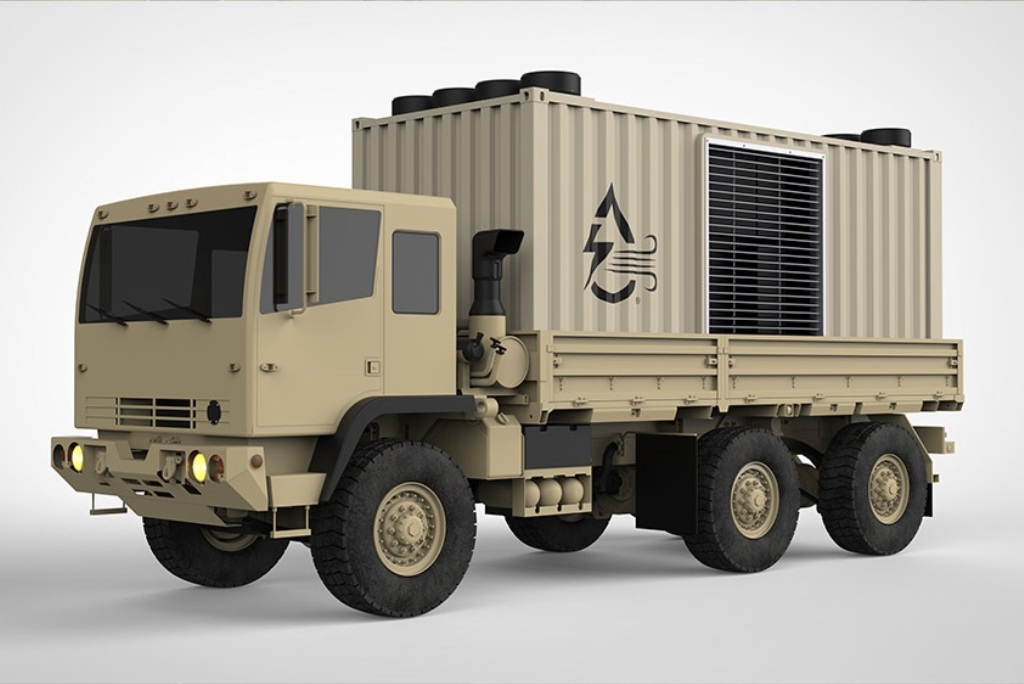Overview of the Alaska Summit
On 15 August 2025, Russian President Vladimir Putin and U.S. President Donald Trump convened in Anchorage, Alaska, to discuss pressing issues related to Ukraine and the broader framework of U.S.-Russia relations. During a joint press conference, President Putin articulated that the conflict in Ukraine was intrinsically linked to fundamental threats to Russia’s national security. Furthermore, he hinted at a potential mutual understanding concerning security arrangements for Ukraine.
Subsequently, on 18 August, Ukrainian President Volodymyr Zelensky traveled to Washington, D.C., accompanied by a contingent of European leaders, including heads of state from France, Finland, Germany, Italy, and the United Kingdom, alongside the NATO Secretary General and the President of the European Commission.
Strategic Implications
Analysis indicates that the Kremlin’s primary objective in these discussions was to mitigate the imposition of secondary tariffs on nations engaging in trade with Russia for oil. President Putin faces significant constraints stemming from commitments articulated in his “Root Causes” speech delivered on 14 June 2024. These commitments include demands for the cession of Donetsk, Kherson, Luhansk, and Zaporizhzhia regions to Russia, restrictions on the size of the Ukrainian military, a non-NATO status for Ukraine, and a transformation in Kyiv’s governance to safeguard the rights of Russian minorities.
To achieve these goals, Russia likely intends to avoid a general ceasefire, maintaining military pressure on Ukraine until a formal peace agreement is reached.
Diplomacy and Trade
In the lead-up to and following the summit, Kremlin officials engaged in a series of consultations with international partners to solidify trade relationships and resist U.S. economic pressures. Notable diplomatic activities included:
- A delegation from the State Duma, under Vice-Chairman Aleksandr Babakov, visiting China on 11 August.
- Prime Minister Mikhail Mishustin’s meeting with Iranian officials and State Duma Chairman Vyacheslav Volodin’s engagement with North Korean leader Kim Jong-un on 15 August.
- On 18 August, Putin held discussions with leaders from South Africa, India, and Brazil, followed by a call with Saudi Crown Prince Mohammed bin Salman on 19 August.
This extensive diplomatic outreach underscores Russia’s commitment to enhancing both its economic stability and international standing.
Domestic Political Landscape
Putin’s actions are severely influenced by the commitments made to the Russian populace during his speech in June 2024. To stave off social unrest and elite discontent, he aims to appease two key domestic factions:
-
Moderates: This group, encompassing less politically active citizens and business elites, insists on the perception of at least a partial victory, particularly regarding the southeast regions of Ukraine and its non-NATO status.
-
Hardliners: These supporters of the military campaign call for a decisive Russian victory, advocating for the fulfillment of all Kremlin demands, which may expand to questioning the status of Odesa.
-
Anti-war Liberals: Though sidelined since 2022, this faction calls for an immediate cessation of hostilities in exchange for the lifting of sanctions.
In an effort to unify these divergent perspectives, the Kremlin has maintained consistent rhetoric around its foreign policy and convened high-level meetings to brief senior officials on the Alaska negotiations, thereby orchestrating unified support for its objectives.
Short- to Medium-term Outlook
Russia’s current diplomatic initiatives, bolstered by perceived progress in its military efforts, suggest an assertive pursuit of its political, security, and territorial objectives within the next six months. This assessment is corroborated by recent public statements from Russian officials and the nation’s strategic positioning.
In negotiations, Russia is likely to employ pressure tactics on Ukraine for concessions while offering limited reciprocal benefits, such as ambiguous security assurances tied to Moscow’s own security concerns. There is speculation that the Kremlin may elevate diplomatic talks by designating high-profile negotiators, potentially including Foreign Minister Sergey Lavrov or Defense Minister Andrei Belousov, and could arrange a direct meeting between Putin and Zelensky.
Risks and Indicators
Positive Indicators:
- A potential shift by the Trump administration toward resuming military aid to Ukraine and imposing further sanctions on Russia could pressure Moscow to seek a ceasefire.
Negative Indicators:
- Significant advances by Russian forces in strategic locations, such as Pokrovsk or Kostyantynivka, could embolden Moscow’s position and complicate diplomatic engagements.
In navigating its future diplomatic trajectory, Russia will likely continue viewing Ukraine’s security as contingent on its own, maintaining a position that any guarantees for Ukraine must align with Russia’s previous demands established in 2024. This trend could extend to revisiting historical proposals for federalization as a means to uphold the rights of Russian minorities in Ukraine.
The dynamics between military developments and political negotiations in this setting create a complex landscape that demands close monitoring by defense professionals and policymakers worldwide.





